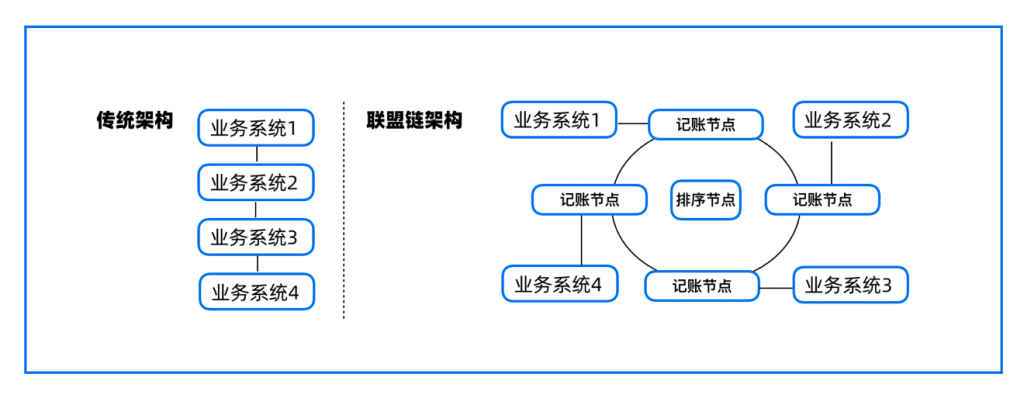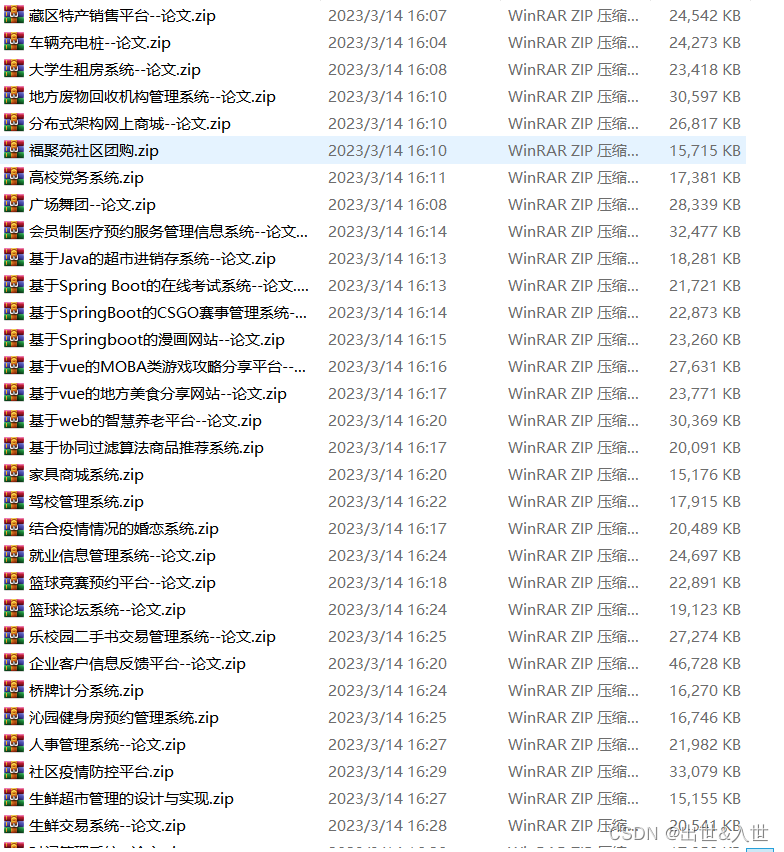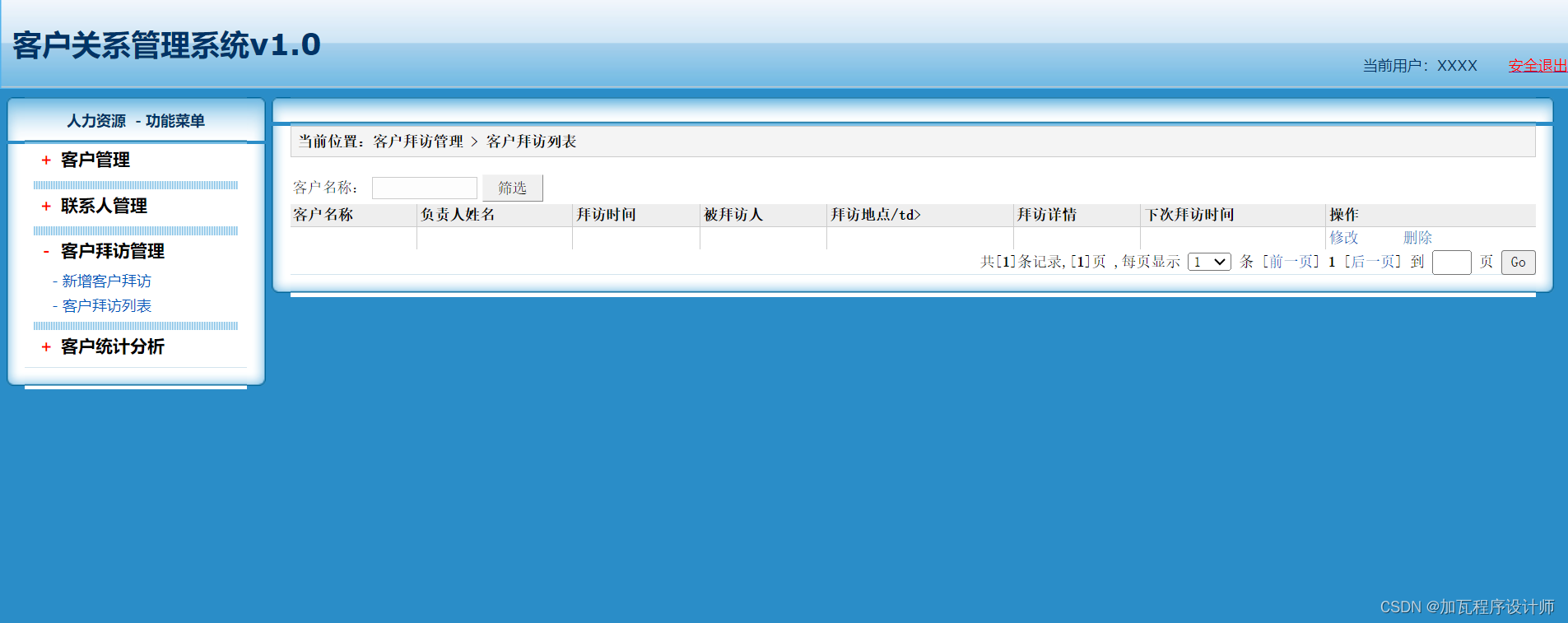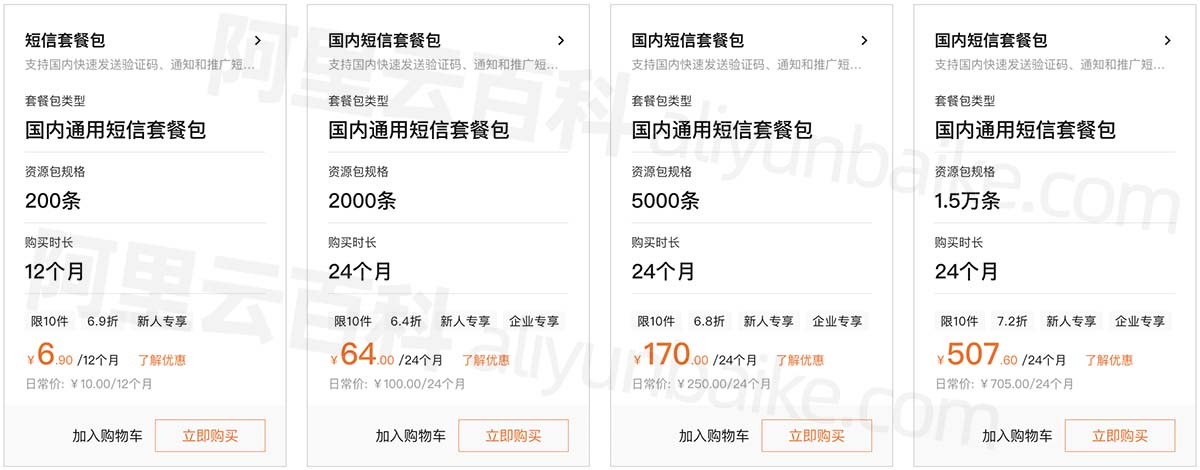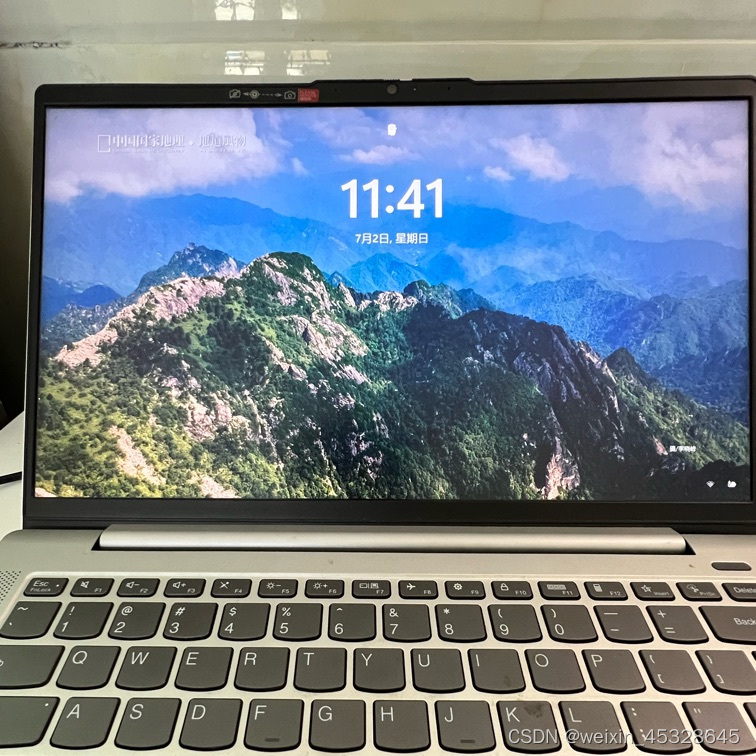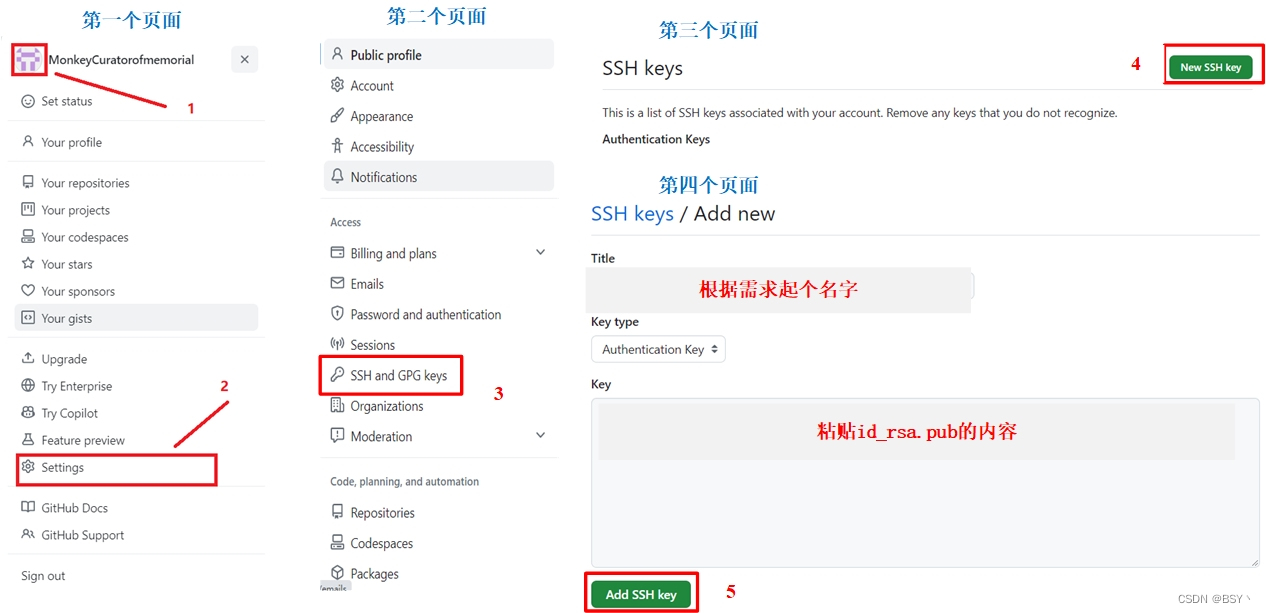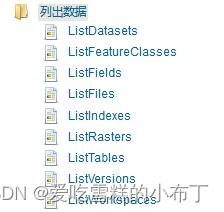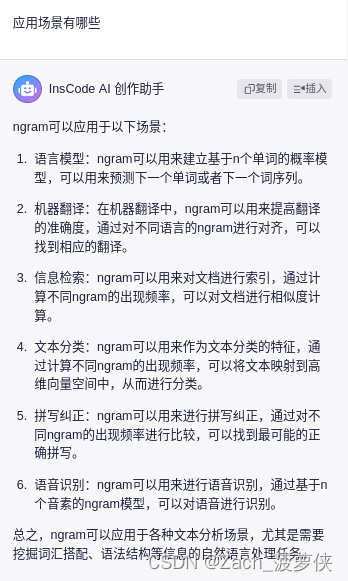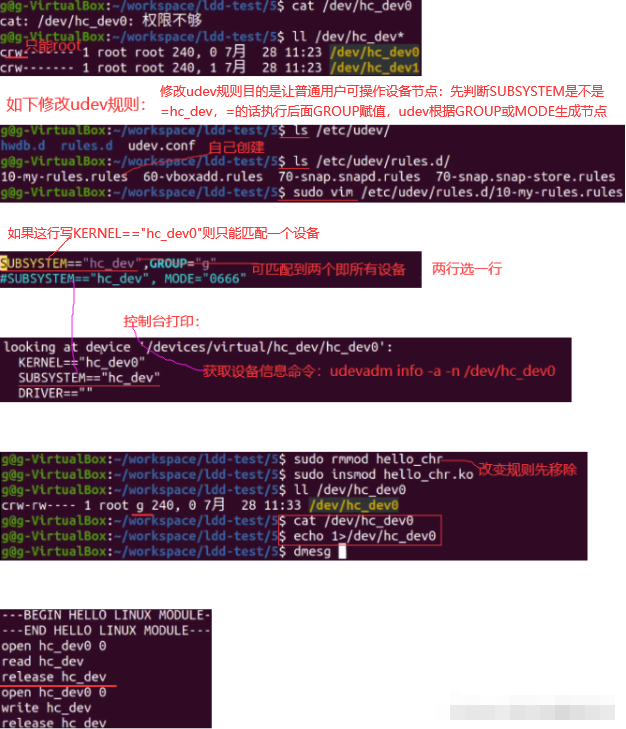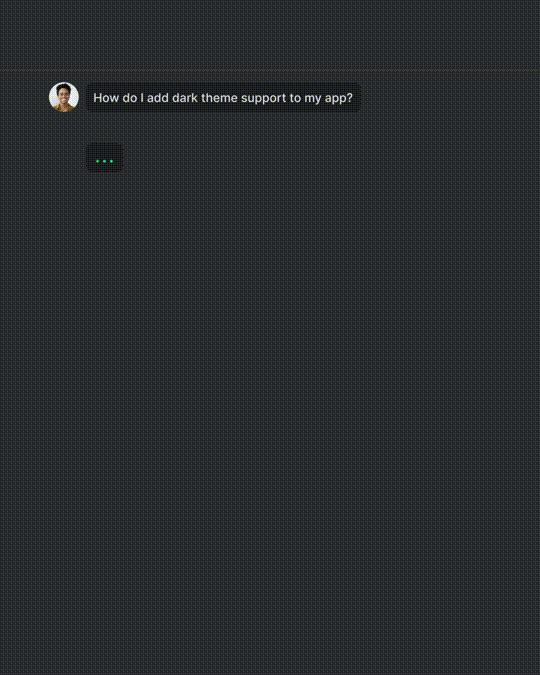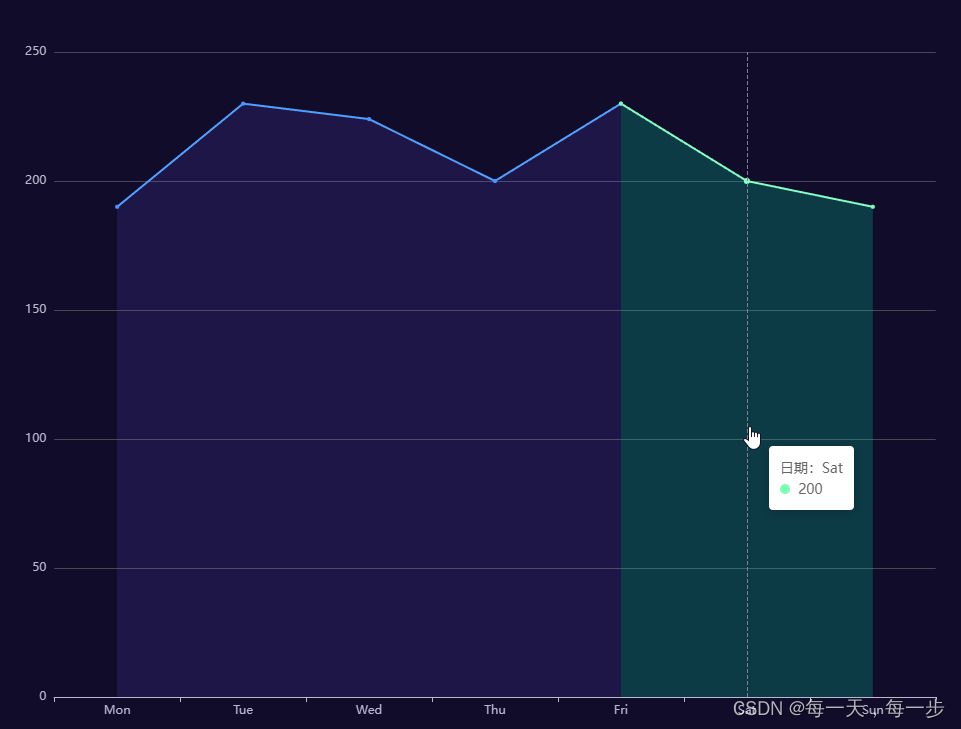大家好,我是程序猿小张
前言
个人博客今天上线一个文章私密的功能,该功能需要通过关注公众号来获取验证码,通过正确的验证码才能来查阅文章,具体效果如下图。
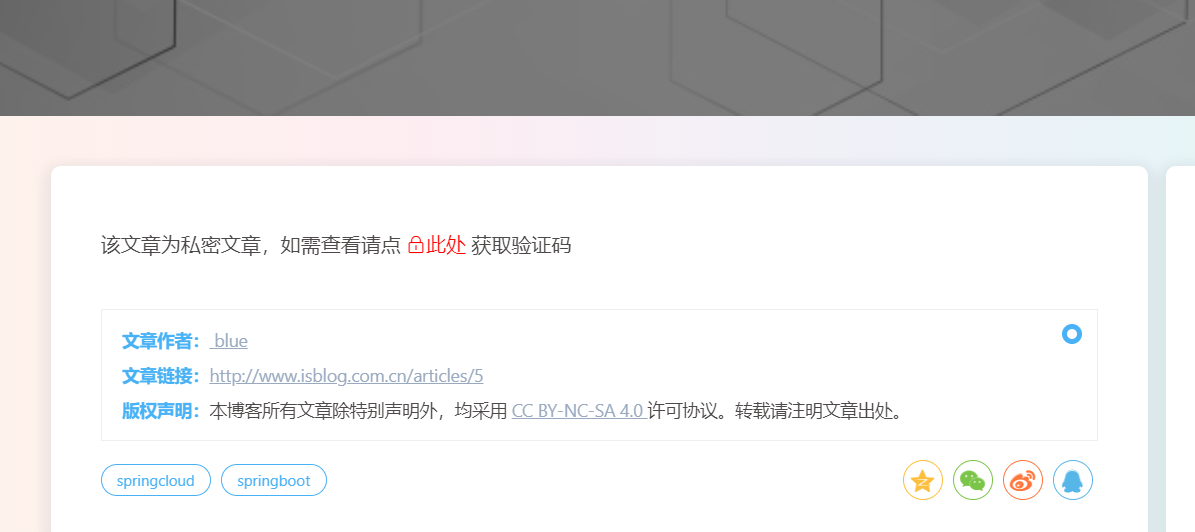

我感觉还蛮有意思的就决定把这个写出来,供大家去使用,下面来讲讲我的具体实现。
一、首先需要自行前往微信公众平台创建公众号(博主已经有公众号就不在进行讲解这一步了)
二、 在公众号平台选择基础配置进行服务器的配置,如下图
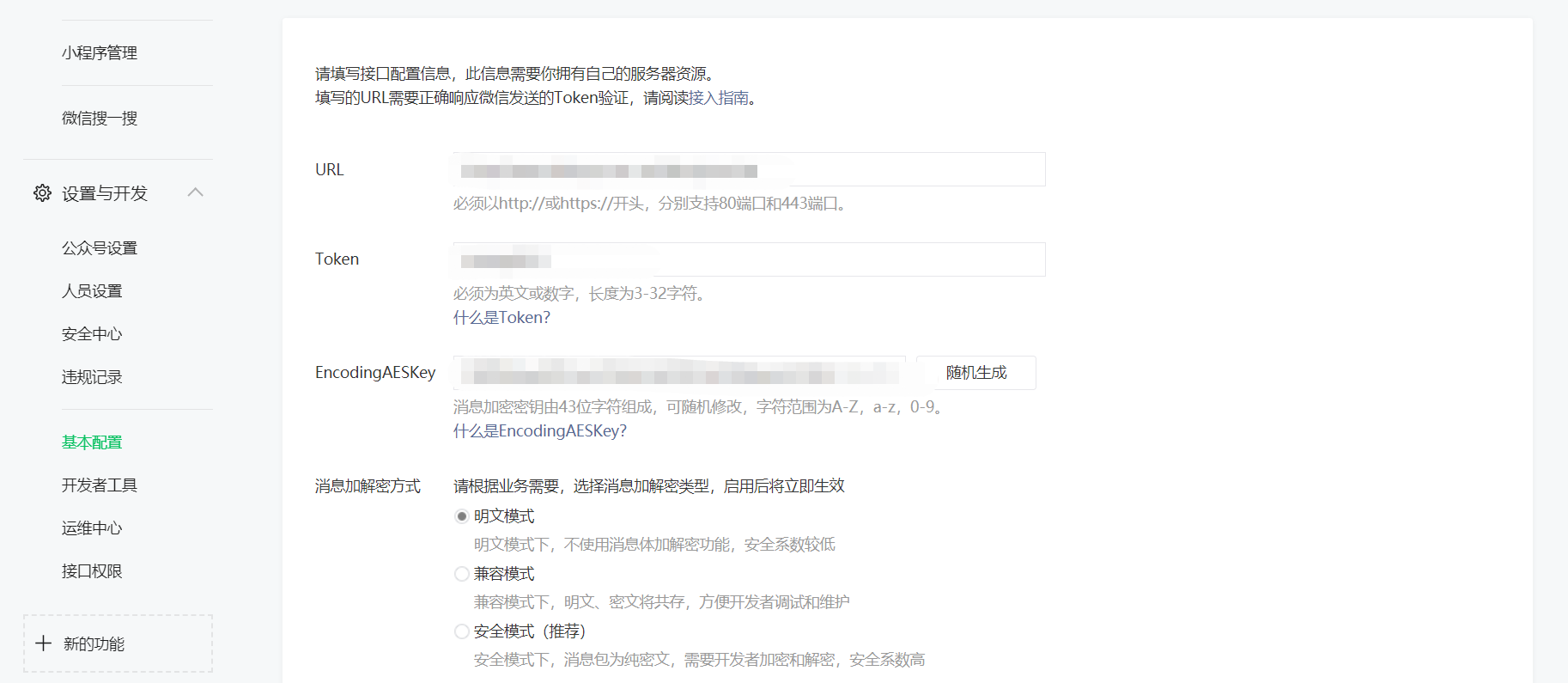
- url:填写你后端的接口地址,get请求
- token:自己随便定义一个
- EncodingAESKey:可以自己选择也可以随机生成
- 加解密方式:根据自己的实际情况来选择
三、controller层代码
@ApiOperation("微信公众号服务器配置校验token")
@RequestMapping(value = "/test",method = RequestMethod.GET)
public void checkToken(HttpServletRequest request, HttpServletResponse response) {
//token验证代码段
try {
log.info("请求已到达,开始校验token");
if (StringUtils.isNotBlank(request.getParameter("signature"))) {
String signature = request.getParameter("signature");
String timestamp = request.getParameter("timestamp");
String nonce = request.getParameter("nonce");
String echostr = request.getParameter("echostr");
log.info("signature[{}], timestamp[{}], nonce[{}], echostr[{}]", signature, timestamp, nonce, echostr);
if (WeChatUtil.checkSignature(signature, timestamp, nonce)) {
log.info("数据源为微信后台,将echostr[{}]返回!", echostr);
BufferedOutputStream out = new BufferedOutputStream(response.getOutputStream());
out.write(echostr.getBytes());
out.flush();
out.close();
}
}
} catch (IOException e) {
log.error("校验出错");
e.printStackTrace();
}
}
四、.WeChatUtil代码,需要注意此类里面的token需要与公众号平台填写的token一致
private static String token = "demo123456";
private static final Logger LOGGER = LoggerFactory.getLogger(WeChatUtil.class);
/**
* 校验签名
* @param signature 签名
* @param timestamp 时间戳
* @param nonce 随机数
* @return 布尔值
*/
public static boolean checkSignature(String signature,String timestamp,String nonce){
String checktext = null;
if (null != signature) {
//对ToKen,timestamp,nonce 按字典排序
String[] paramArr = new String[]{token,timestamp,nonce};
Arrays.sort(paramArr);
//将排序后的结果拼成一个字符串
String content = paramArr[0].concat(paramArr[1]).concat(paramArr[2]);
try {
MessageDigest md = MessageDigest.getInstance("SHA-1");
//对接后的字符串进行sha1加密
byte[] digest = md.digest(content.getBytes());
checktext = byteToStr(digest);
} catch (NoSuchAlgorithmException e){
e.printStackTrace();
}
}
//将加密后的字符串与signature进行对比
return checktext !=null ? checktext.equals(signature.toUpperCase()) : false;
}
/**
* 将字节数组转化我16进制字符串
* @param byteArrays 字符数组
* @return 字符串
*/
private static String byteToStr(byte[] byteArrays){
String str = "";
for (int i = 0; i < byteArrays.length; i++) {
str += byteToHexStr(byteArrays[i]);
}
return str;
}
/**
* 将字节转化为十六进制字符串
* @param myByte 字节
* @return 字符串
*/
private static String byteToHexStr(byte myByte) {
char[] Digit = {'0','1','2','3','4','5','6','7','8','9','A','B','C','D','E','F'};
char[] tampArr = new char[2];
tampArr[0] = Digit[(myByte >>> 4) & 0X0F];
tampArr[1] = Digit[myByte & 0X0F];
String str = new String(tampArr);
return str;
}
需要注意在公众号平台提交服务器配置时这些代码需要部署上线,否则会token失效。以上代码可直接复制,经过博主测试不会存在token失效问题。下面讲一下如何通过关键词来实现自动回复功能
五、pom.xml引入依赖
<dependency>
<groupId>org.dom4j</groupId>
<artifactId>dom4j</artifactId>
<version>2.1.3</version>
</dependency>
六、同样的是controller层添加如下代码
@ApiOperation("处理微信服务器的消息转发")
@PostMapping(value = "test")
public String wechat(HttpServletRequest request) throws Exception {
// 调用parseXml方法解析请求消息
Map<String,String> requestMap = WeChatUtil.parseXml(request);
// 消息类型
String msgType = requestMap.get("MsgType");
// xml格式的消息数据
String respXml = null;
String mes = requestMap.get("Content");
// 文本消息
if ("text".equals(msgType) && "验证码".equals(mes)) {
String code = RanDomUtil.generationNumber(6);
respXml=WeChatUtil.sendTextMsg(requestMap,code);
redisCache.setCacheObject(RedisConstants.WECHAT_CODE+code,code,30, TimeUnit.MINUTES);
}
return respXml;
}
此处需要注意 此接口和前面校验token的接口请求方式不同,这里是post请求,前面校验token是get请求,这里的接口地址不能乱写,需要和公众号平台填写的url相同,也就是前面校验token和这里接收请求的接口一致,只是请求方式不同
七、WeChatUtil添加如下代码
/**
* 解析微信发来的请求(xml)
*
* @param request
* @return
* @throws Exception
*/
public static Map<String,String> parseXml(HttpServletRequest request) throws Exception {
LOGGER.info("请求已到达,开始解析参数...");
// 将解析结果存储在HashMap中
Map<String,String> map = new HashMap<>();
// 从request中取得输入流
InputStream inputStream = request.getInputStream();
// 读取输入流
SAXReader reader = new SAXReader();
Document document = reader.read(inputStream);
// 得到xml根元素
Element root = document.getRootElement();
// 得到根元素的所有子节点
List<Element> elementList = root.elements();
// 遍历所有子节点
for (Element e : elementList) {
map.put(e.getName(), e.getText());
}
// 释放资源
inputStream.close();
LOGGER.info("参数解析完成。{}",map);
return map;
}
/**
* 回复文本消息
* @param requestMap
* @param content
* @return
*/
public static String sendTextMsg(Map<String,String> requestMap,String content){
Map<String,Object> map= new HashMap<>();
map.put("ToUserName", requestMap.get("FromUserName"));
map.put("FromUserName", requestMap.get("ToUserName"));
map.put("MsgType", "text");
map.put("CreateTime", new Date().getTime());
map.put("Content", content);
return mapToXML(map);
}
public static String mapToXML(Map map) {
StringBuffer sb = new StringBuffer();
sb.append("<xml>");
mapToXML2(map, sb);
sb.append("</xml>");
LOGGER.info("请求完成,返回参数:{}",sb);
try {
return sb.toString();
} catch (Exception e) {
}
return null;
}
private static void mapToXML2(Map map, StringBuffer sb) {
Set set = map.keySet();
for (Iterator it = set.iterator(); it.hasNext();) {
String key = (String) it.next();
Object value = map.get(key);
if (null == value)
value = "";
if (value.getClass().getName().equals("java.util.ArrayList")) {
ArrayList list = (ArrayList) map.get(key);
sb.append("<" + key + ">");
for (int i = 0; i < list.size(); i++) {
HashMap hm = (HashMap) list.get(i);
mapToXML2(hm, sb);
}
sb.append("</" + key + ">");
} else {
if (value instanceof HashMap) {
sb.append("<" + key + ">");
mapToXML2((HashMap) value, sb);
sb.append("</" + key + ">");
} else {
sb.append("<" + key + "><![CDATA[" + value + "]]></" + key + ">");
}
}
}
}
OK,大功告成,以上只是讲解了自动回复文本类型的功能,其他类型功能以后在进行讲解或可自行百度 最后献上完成的示例图
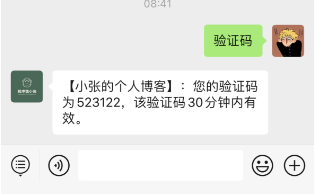
Bye~
